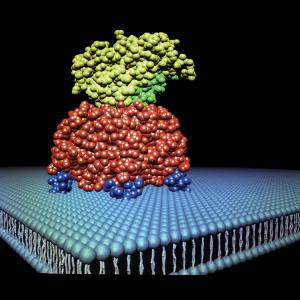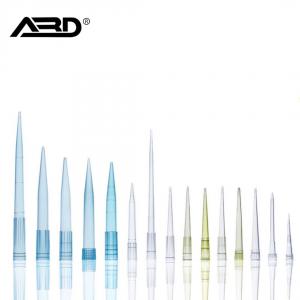12 Tips to Improve Pipetting Skills - ABD Laboratory
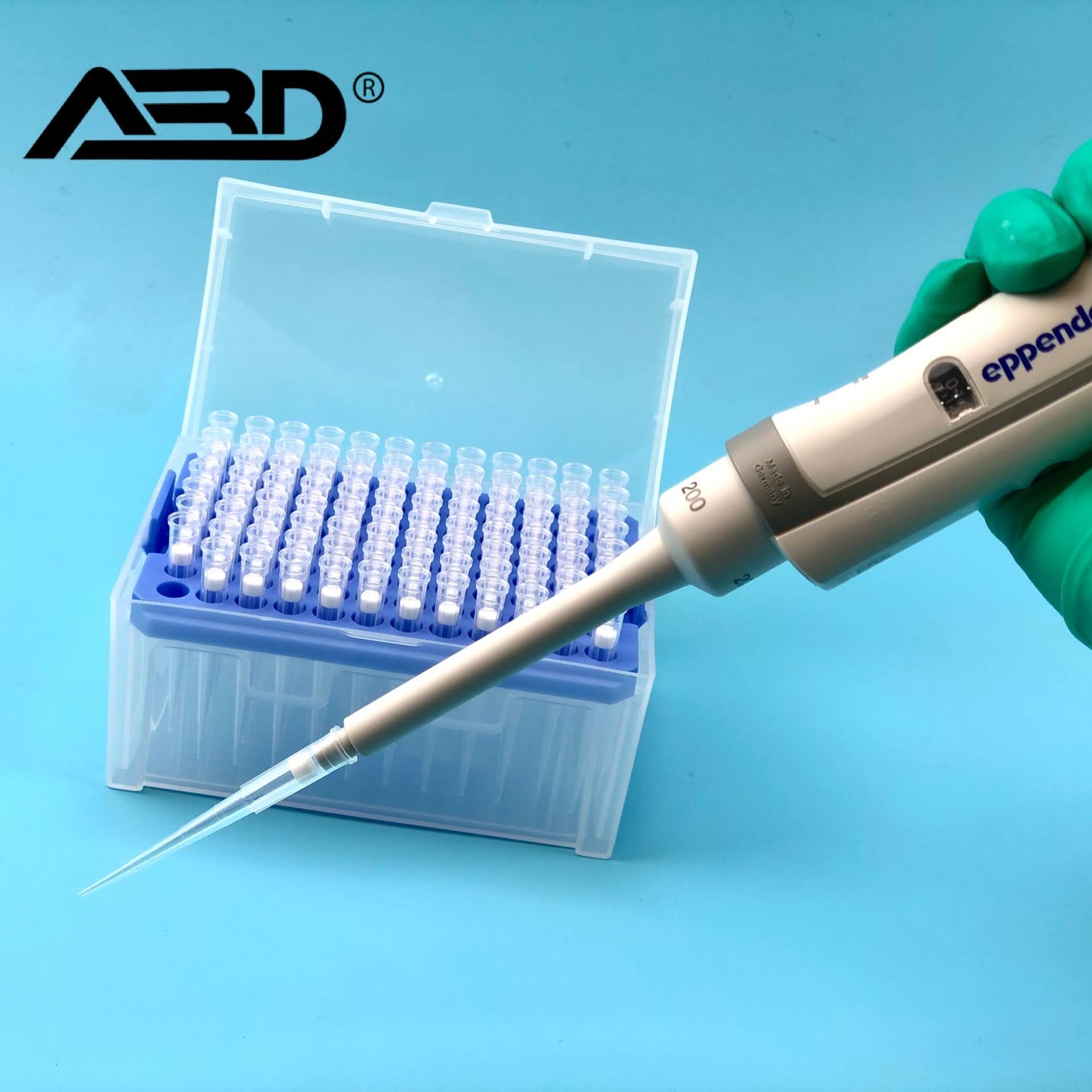
As your laboratory's needs for accuracy and precision continue to grow, so does the importance of understanding and developing the best pipetting techniques. Complete the following 12 steps to take your pipetting to the next level and see how much you have mastered and integrated as part of your daily pipetting routine.
1. Pre-wet the pipette tip
Aspirate and expel any sample liquid at least 3 times before aspirating the sample for delivery. Evaporation in the tip can cause a large loss of sample before delivery. Pre-wetting will increase the humidity in the tip, thereby reducing any changes in sample evaporation. Using the same tip to deliver multiple samples without pre-wetting may result in a reduction in the volume of the first few samples. When handling volatile samples (ie organic solvents), the need for pre-wetting will increase.2. Immerse the tip to the proper depth when pumping
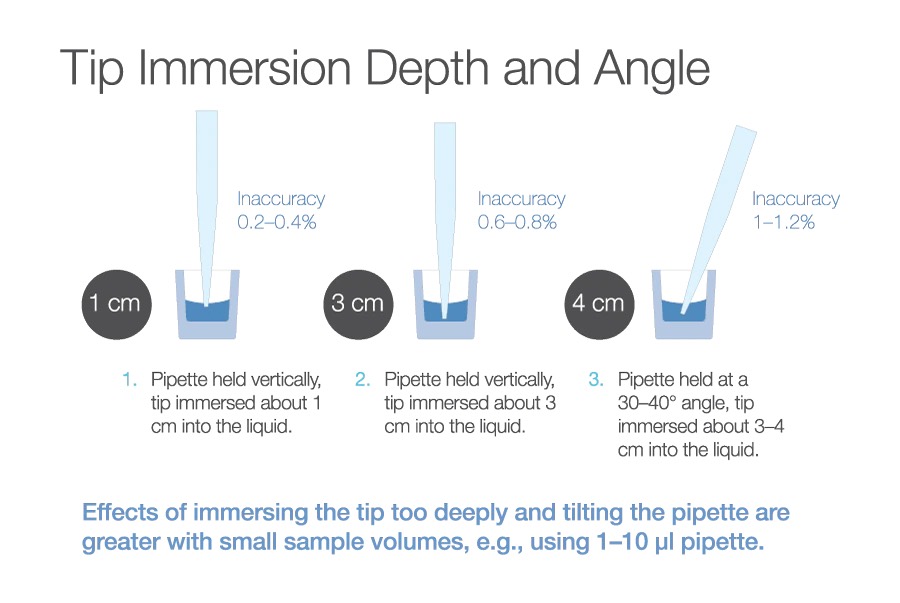
Before aspirating, fully immerse the tip under the meniscus. Large volume pipettes (1-5 mL) should be immersed 5-6 mm, and small volume pipettes should be immersed 2-3 mm. Too little immersion, especially large volume pipettes, can cause air to be sucked in. Excessive immersion can cause the sample to stick to the outside of the tip. Touching the bottom of the container with the tip may restrict aspiration.
3. Pause consistently after aspiration
After aspirating the sample, leave the tip in the liquid for about one second. After the plunger stops, it will take a while for the liquid in the tip to move, otherwise the volume will be too low. Make these pauses as consistent as possible.4. Use consistent plunger pressure and speed
Press and release the plunger smoothly and consistently. As you draw and dispense each sample, try to apply the same pressure and speed. Repeatable operations produce repeatable results.5. Pull the pipette straight out
During sample aspiration, always hold the pipette vertically and avoid touching the sides of the container. After aspirating the sample, pull the pipette directly out of the liquid from the center of the container. This technique is especially important when pipetting small volumes (<50 µL). Holding the pipette at an angle when it is removed from the sample will change the volume aspirated. Due to surface tension, contact with the sides of the container can cause wicking and volume loss.6. Check the tip BEFORE dispensing the sample
Before dispensing, use a lint-free cloth to carefully remove droplets from the outside of the tip, making sure to stay away from the tip opening. If the tip touches the sample at the opening, the absorbent material will quickly draw the sample from the tip. Wiping the tip unnecessarily will increase the possibility of sample loss, so please use it with caution.7. Check the tip AFTER dispensing the sample
When dispensing the sample, place the tip in contact with the side of the container to transport any residual sample remaining in the tip. Press your thumb on the second stop of the plunger, and then remove the tip to avoid redrawing the sample into the pipette tip. Make sure you see the sample leaving the tip.8. Use standard mode to pipette
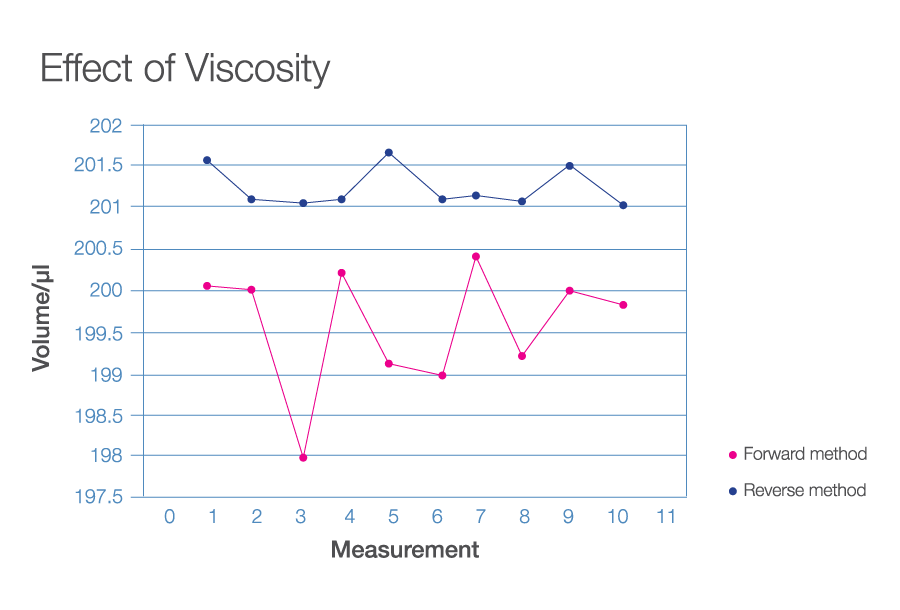 Choose "standard (or forward) mode" pipetting instead of "reverse mode" for all aqueous samples, but you might consider using it for particularly vicious or volatile samples. If the reverse mode is used for normal aqueous samples, the pipette will often deliver more than the calibrated volume. On the other hand, using standard mode for viscous or volatile samples may result in under-delivery.
Choose "standard (or forward) mode" pipetting instead of "reverse mode" for all aqueous samples, but you might consider using it for particularly vicious or volatile samples. If the reverse mode is used for normal aqueous samples, the pipette will often deliver more than the calibrated volume. On the other hand, using standard mode for viscous or volatile samples may result in under-delivery.9. Use a suitable pipette
It is important to use a pipette with a volume range that is closest to the volume you plan to aspirate and dispense. If there is a slight difference between the minimum volume of the pipette and the measured volume, the accuracy of the test will be improved. For example, if you need to dispense 15 µL, a 1 mL pipette would be the wrong choice, and a 20 µL pipette would be the ideal choice.10. Use the correct pipette tip
Use high-quality tips dedicated to specific pipettes. In most cases, the manufacturer’s tips perform well. If the performance of the alternative brand has been proven by the specific pipette model, it is also acceptable. Mismatched tips and pipettes can lead to inaccuracies, imprecision, or both. The high-quality suction tip provides an air-tight seal without excessive force. It is made of high-quality materials and has no molding defects, thus ensuring reliable liquid delivery.11. Work under the ambient temperature equilibrium
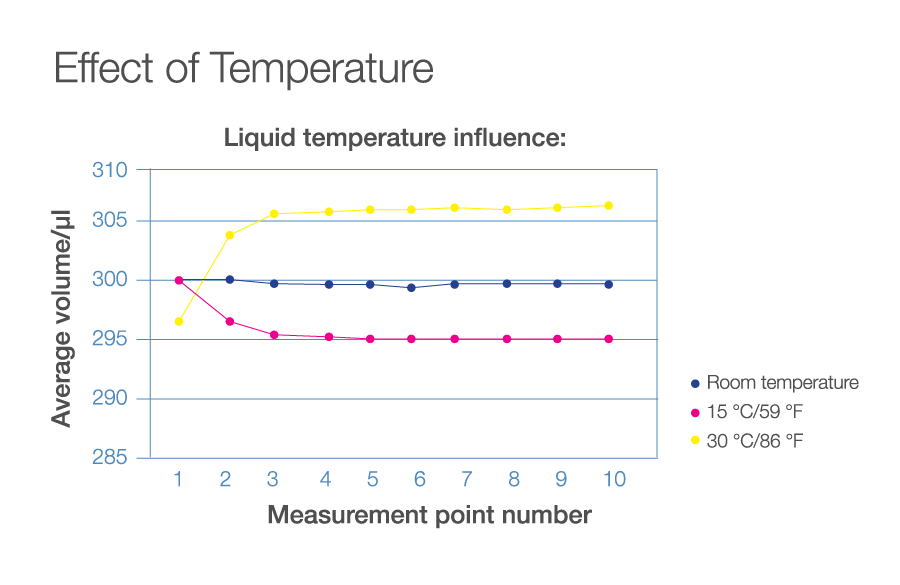 Before starting pipetting, allow the liquid and equipment to reach equilibrium at ambient temperature. The volume of the sample delivered by the air displacement pipette varies with the air pressure, relative humidity, and vapor pressure of the liquid, all of which are related to temperature. Working at a single, constant temperature can minimize this variation and improve overall accuracy.
Before starting pipetting, allow the liquid and equipment to reach equilibrium at ambient temperature. The volume of the sample delivered by the air displacement pipette varies with the air pressure, relative humidity, and vapor pressure of the liquid, all of which are related to temperature. Working at a single, constant temperature can minimize this variation and improve overall accuracy.12. Minimize pipette operations
Loosen the pipette and place it back into the pipette holder or put it down when not pipetting. Always wear gloves to reduce heat transfer from your body to the pipette and avoid handling pipette tips or sample containers that have not been pipetted. The body heat transferred during the treatment can disturb the temperature balance, which can cause changes in the delivery volume.
References:
10 Steps to Improve Pipetting Accuracy by ThermoFisher
12 tips to improve your pipetting technique in 2021 by BioSistemika

